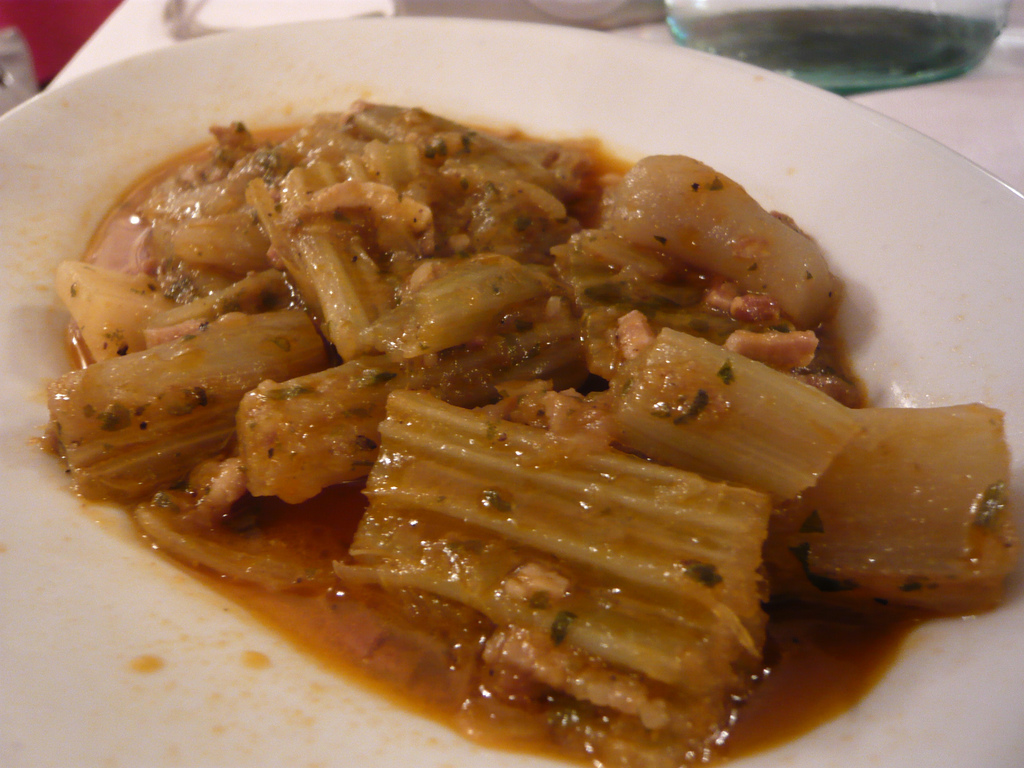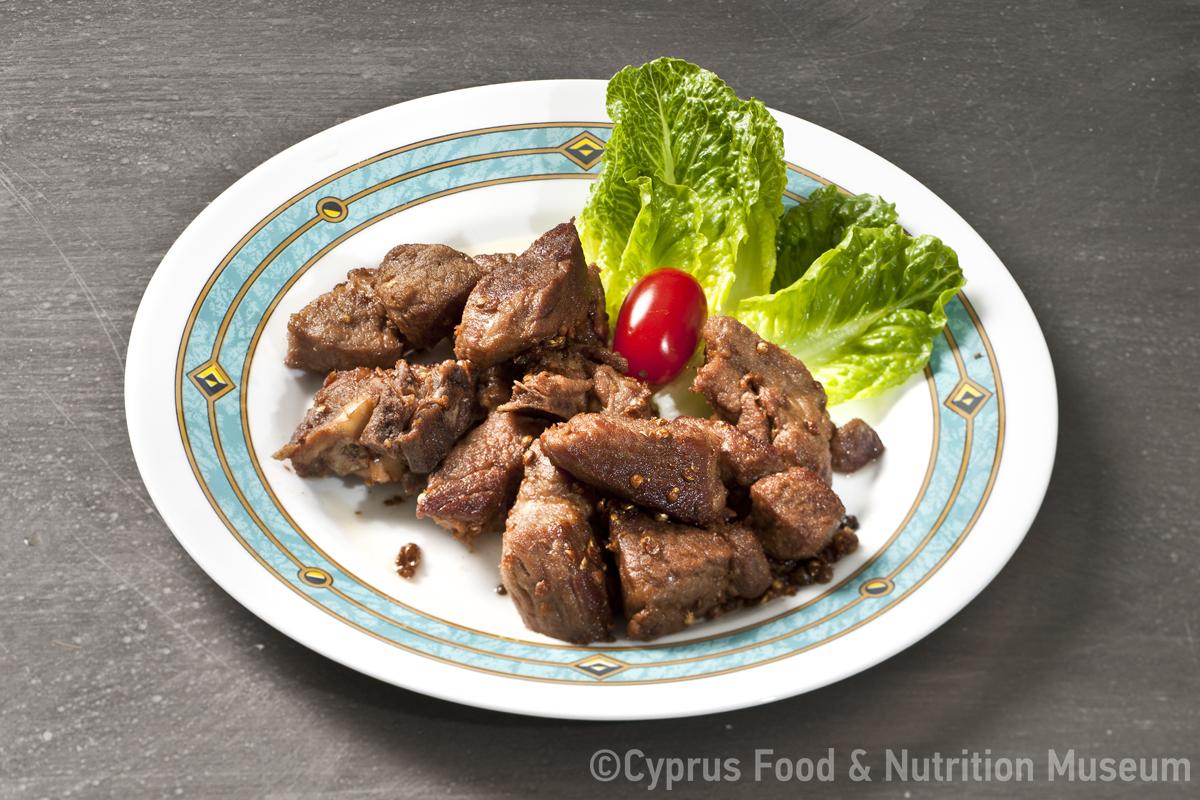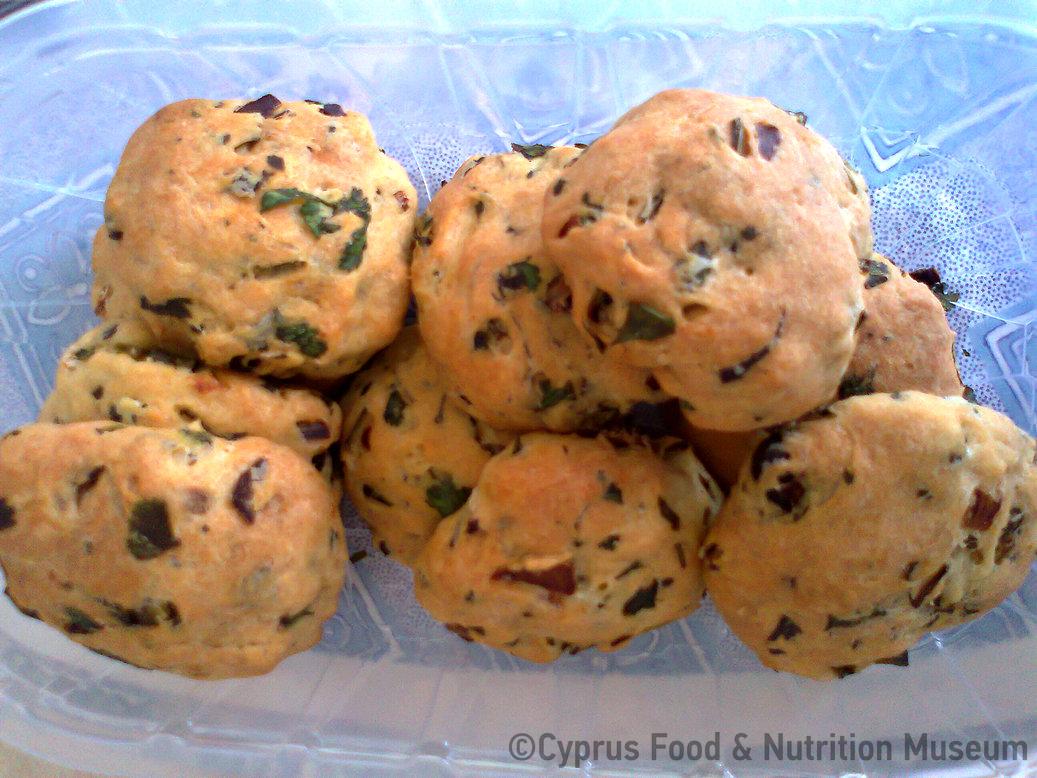A type of pies.
Name - Origin
Similar to pourekkia. The filling consisted of pourkourin (bulgur wheat) and finely chopped fennel (Kypri 1983 [2003²], entry ζαμπούσ̆ια,τα, 63).
Eugenia Petrou-Poeitou notes that they are pittes baked in the oven, stuffed with pilaf rice and fennel (Petrou-Poeitou 2013, article Ζαμπούτσιες, 43).
They were also called sarakostiana, because they were consumed during Sarakosti - Lent (Kypri - Protopapa 2003, 259).
sing. zambous̆in (Kypri 1983 [2003²], entry ζαμπούσ̆ια,τα, 148).
For their preparation, women would prepare the filling by sautéing fennel, adding water and bulgur or rice. When the filling was ready, they would roll out a sheet of dough and enclose the filling inside. They were then fried (Kypri - Protopapa 2003, 259).
Functional and symbolic role
They would sprinkle them with icing sugar and serve (Kypri - Protopapa 2003, 259).
They used to prepare them during Lent - the fasting period (Kypri - Protopapa 2003, 259).
Additional information and bibliography
Kypri Th. D. (ed.) (1983 [2003²]), Materials for the compilation of a historical dictionary of the Cypriot dialect, Part B, Glossary of Xenophon P. Pharmakides, Publications of the Centre for Scientific Research, IX, Nicosia.
Kypri Th. - Protopapa K. A. (2003), Παραδοσιακά ζυμώματα της Κύπρου. Η χρήση και η σημασία τους στην εθιμική ζωή, Publications of the Centre for Scientific Research, XVIII, Nicosia.
Petrou-Poeitou E. (2013), Where do they come from. Words and stories from the world of taste, Epiphaniou Publications, Nicosia.
Stalo Lazarou, Demetra Dimitriou, Tonia Ioakim, Argyro Xenophontos



